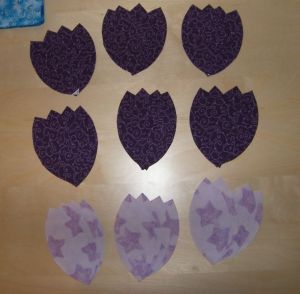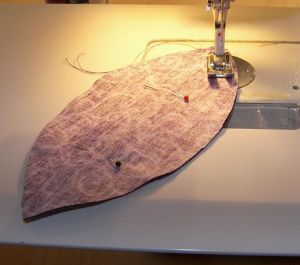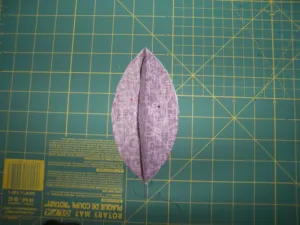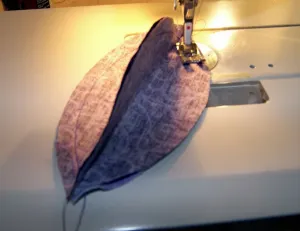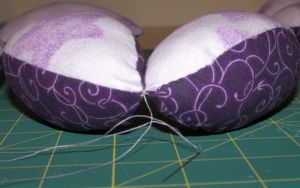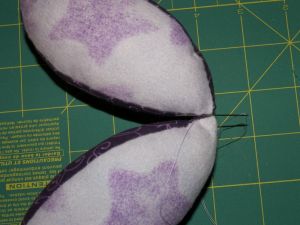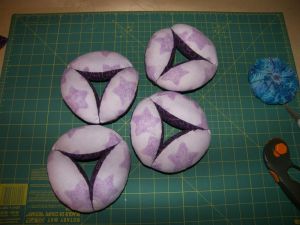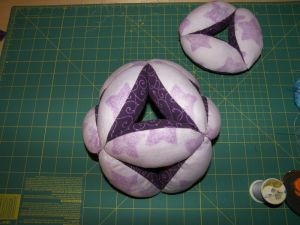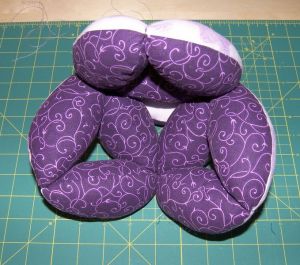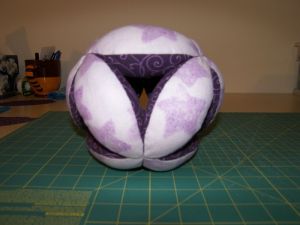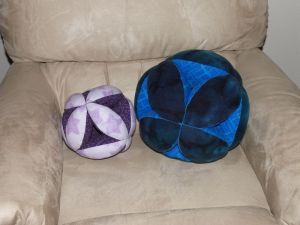This:
is a sickness.
Yes, that is me, reading and knitting at the same time. Am I crazy? ADD? There’s no cat around, so I can’t be turning into a crazy cat lady. Elizabeth Zimmerman recommends reading and knitting at the same time to help get through those long stockinette or garter sections of a sweater. After all, once you’ve been knitting for a little while, the modest act of making a knit stitch doesn’t really require much brain power. We all knit while watching TV, right?
Recently, there’s been a glut (yes, I said glut) of books that I want to read. Some of them are knitting books, like Cookie A’s book Sock Innovation or Wendy Knits’ Socks from the Toe Up. Some of the other books are fiction and a lot of them are non-fiction about nutrition, cooking, and exercise. I also have a glut of ideas for knitting projects. Basically, I’ve got far too many things that I want to do than I have time for. So I’ve started reading while knitting, especially great for when there’s nothing good on TV. After doing a number of complicated socks for submissions, I’m designing some simpler patterns (albeit with interesting construction) which have a lot of stockinette in them. Not to mention the languishing cardigan.
But books are hard to hold open without hands. (Why isn’t everything spiral-bound?) Last night, I kind of tucked the book under my extra belly and propped it up on my thigh. The problem was, of course, that the book ended up more or less hard to see, especially with the knitting in the way. Even when I’m not looking at it, I like to hold the project where I do when I look, which is about mid-chest. So, I came up with a solution: the Book Pillow.
Basically the Book Pillow is a pillow (who’d have guessed?) that has some elastic on the corners to hold the book open. I used Lastin, which is transparent so that I can read through it in case the elastic covers some words. It works great. And it only took about half and hour to make. Here’s how to make one!
Book Pillow
Supplies
- Two pieces of fabric, each big enough to cover a lap or pillow form (I cut mine 17×11″, with a 1/2″ seam allowance)
- Four 8″ pieces of elastic such as Lastin
- Poly-fil stuffing or a pillow form
- Sewing machine, pins, thread, needle
Place one piece of fabric right-side up on the table. Take one of the elastic pieces and lay it diagonally on the fabric so that it forms a right triangle with the corner of the fabric.
Place the other three pieces in the same manner on the other corners.
If you want, put a book on the fabric to check the placement of the elastic. I moved them around so that the elastic crossed just inside the seam allowance. I didn’t spend a lot of time making sure that the angles all matched up; I just eyeballed it. Two pieces of my elastic are shorter than the others.
When you’ve got the placement of the elastic where you want, carefully place the other piece of fabric right-side down on top of the one with the elastic. Pin in place, making sure to catch the elastic in the pin so it doesn’t move around. You don’t have to stretch the elastic, since holding the book will do that, but you can stretch is slightly if you’d like while pinning.
Sew around all four sides, leaving a hole for turning and stuffing. If you’re using a pillow form instead of poly-fil, leave a hole big enough to stuff the pillow inside. When the sewing is finished, turn the pillow right side out, clip the corners, and press if desired.
Stuff the pillow with the chosen filling until it reaches the firmness you like. I stuffed mine firm but still kind of squishy. It needs to be stiff enough to keep the book from closing. I tested a book on it during the stuffing stages to see which I liked best. Once you’re done stuffing, sew up the turning hole (I like to use slip stitch).
Enjoy your new ability to read and knit at the same time!
The book in the pictures is Real Food by Nina Planck.




























